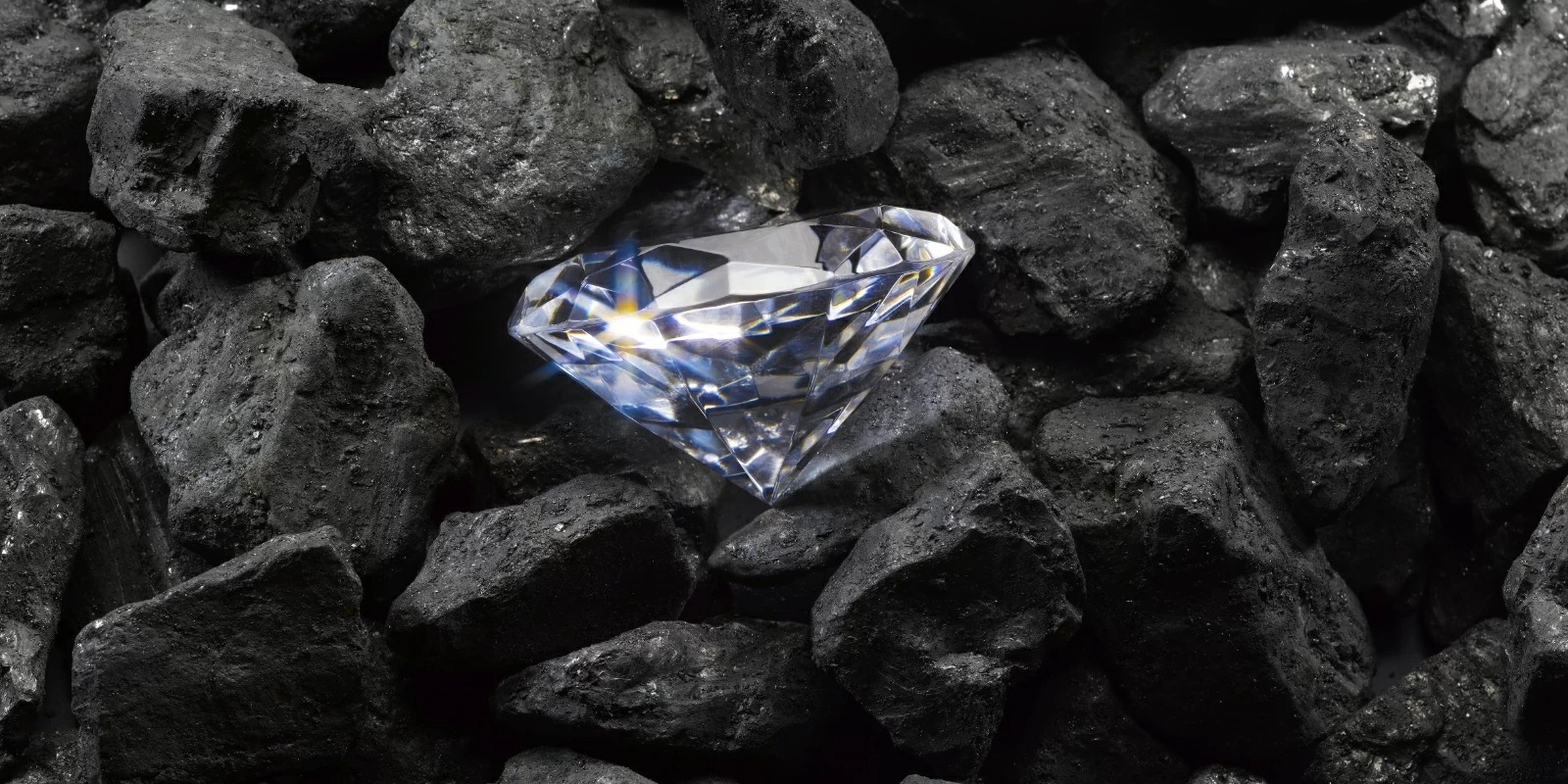 HPHT vs CVD Both processes produce lab grown diamonds that are identical to their natural counterparts in terms of atomic, optical, and physical properties. They are both dazzling gems and will display the same brilliance, fire, and scintillation when cut and polished correctly.
HPHT vs CVD Both processes produce lab grown diamonds that are identical to their natural counterparts in terms of atomic, optical, and physical properties. They are both dazzling gems and will display the same brilliance, fire, and scintillation when cut and polished correctly.
In the first, HPHT, a tiny diamond seed crystal is placed inside a custom chamber and is exposed to high pressures and temperatures. This mimics the conditions found deep within the Earth where natural diamonds form. Over a period of weeks or months, the carbon crystallizes to form a diamond.
While this process does require more energy and equipment than CVD, the results are usually much higher quality. It also allows the diamond to grow faster because the chamber can heat up to nearly 1500 degrees Celsius.
The HPHT process consists of a steel anvil that creates intense pressure over a small central container. This container contains a seed crystal, metal flux, and carbon atoms. As the temperature and pressure increases, the metal flux transfers the carbon atoms to the seed crystal where they begin growing.
As the growth occurs, the diamond expands out and upwards in sections. This gives the diamond its unique shape (above) and a cubical structure.
In the second process, CVD, a thin slice of diamond seed is placed in a vacuum chamber filled with carbon rich gases. These gases are ionized into plasma by microwaves and lasers, allowing the carbon to merge with the diamond seed.
This process takes a bit longer than the HPHT process, requiring more carbon to be added to the diamond seed. It also involves heating the diamond seed to a lower temperature than the HPHT process.
Once the diamond is grown to the desired size, it is cut and polished. The final result is a beautiful, faceted diamond with a unique shape and color.
A CVD diamond will be brownish with a tinge of black graphite. It will have a high level of clarity as it is not subject to the fracturing that occurs during natural diamond cutting.
Some lab grown diamonds will have silicon inclusions, which are remnants of their growing process. These inclusions are not present in natural diamonds. This can cause the diamond to look blue or green instead of white and is one reason it is difficult to tell if it’s a natural or lab-grown diamond.
Another factor to consider when choosing between CVD Vs HPHT is whether or not the diamond has been treated with treatment to adjust its color. Most man-made diamonds will have a yellow or brown tint to them, which is not found in natural diamonds. This can make the diamond appear less desirable to buyers and affect its clarity grading.